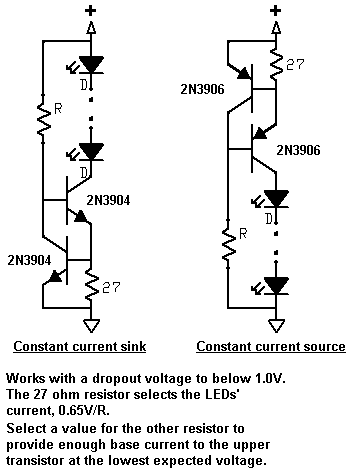Originally posted by mickstv
View Post
Constant current damping could possibly be achieved using a varistor (voltage dependant resistor) having a positive voltage coefficient (resistance increases with voltage), however, only negative voltage coefficient are commercially available now, but this might change in the future: http://iopscience.iop.org/0022-3727/...7_19_4_004.pdf



Comment